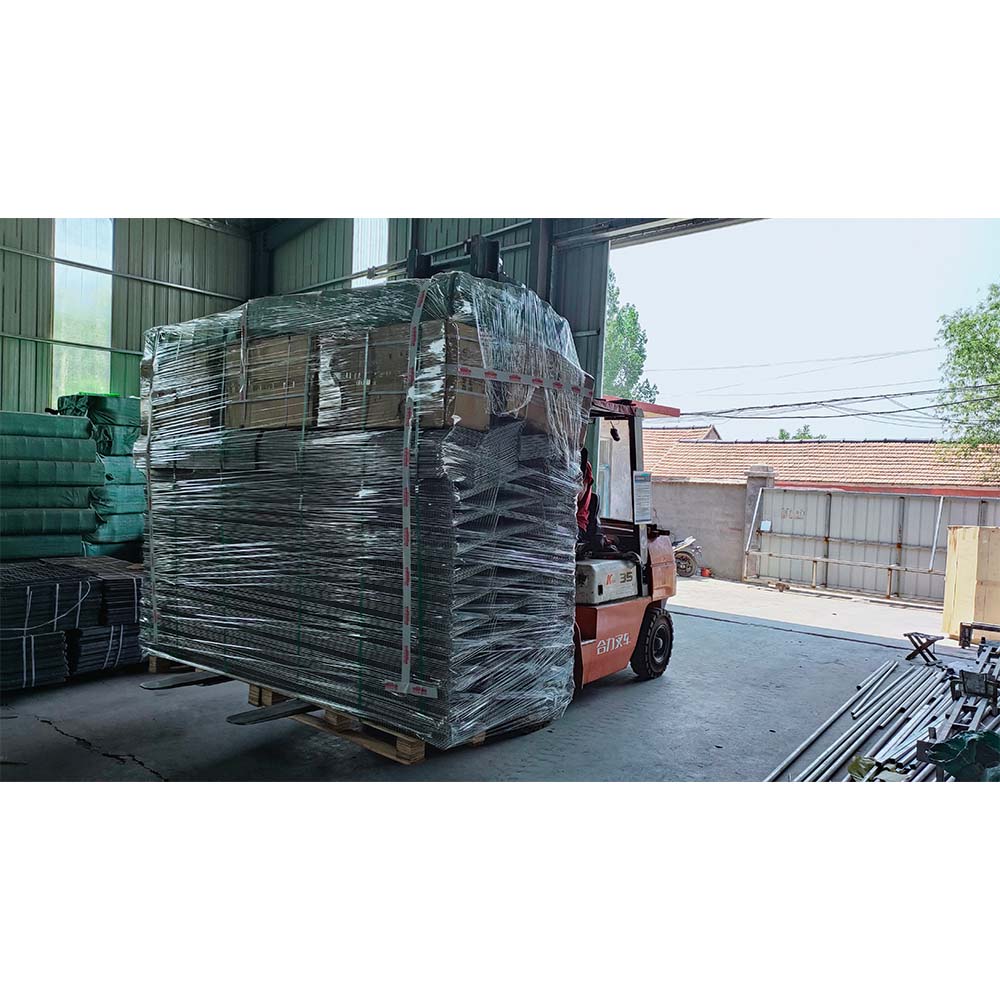Bone Cutting Equipment for Efficient and Precise Meat Processing
Dec . 10, 2024 23:24 Back to list
Bone Cutting Equipment for Efficient and Precise Meat Processing
The Evolution and Importance of Bone Cutting Machines in Modern Industries
Bone cutting machines are specialized tools designed to efficiently process bones, primarily in the meat and food processing industries. These advanced machines play an essential role in ensuring that bone remains are handled properly and safely, optimizing production and maintaining food quality. The significance of bone cutting machines has grown tremendously, particularly due to advancements in technology, hygiene standards, and the increasing demand for processed meat products.
Historical Context
Historically, bone cutting was a labor-intensive process, relying heavily on manual labor and rudimentary tools. But as the food processing industry expanded in the 20th century, the limitations of traditional methods became apparent. The introduction of mechanized bone cutting machines revolutionized this aspect of food processing. Early machines were basic, but they laid the foundation for the sophisticated equipment we see today.
Types of Bone Cutting Machines
There are various types of bone cutting machines available on the market, each designed to address specific needs. Some of the most common types include
1. Band Saws These are designed for cutting larger bones and are equipped with a long, continuous blade that moves in a loop. Band saws are preferred for their precision and ability to handle large volumes of work.
2. Meat Slicers While mainly designed for slicing meat, many modern meat slicers can also handle bones, especially softer ones. They offer versatility for smaller processing plants or butcher shops.
3. Electric Bone Saws These machines are perfect for cutting through both soft and hard bones, featuring powerful motors that can slice through tough material effortlessly. They are commonly used in commercial settings, such as supermarkets and butcheries.
4. Bone Crushers These are heavy-duty machines intended for processing larger volumes of bones into smaller sizes, making them easier to manage and prepare for various applications.
The Technology Behind Bone Cutting Machines
bone cutting machine

Modern bone cutting machines incorporate several technological advancements that enhance their efficiency and safety. For instance, many machines come equipped with automatic feeding mechanisms, precise cutting controls, and safety features that minimize the risk of accidents. Furthermore, materials used in the construction of these machines are often designed to withstand the harsh conditions of a food processing environment, including easy cleaning and rust resistance.
Additionally, some machines now include features such as digital interfaces that allow users to adjust cutting sizes precisely and store various settings for different types of bones or products.
The Role of Hygiene and Safety Standards
In today’s food processing industry, hygiene and safety standards are paramount. Bone cutting machines must adhere to rigorous health regulations that ensure they do not contaminate the meat products being processed. This necessitates the use of high-quality, food-grade materials that are resistant to bacterial growth and easy to clean.
Many manufacturers also stress the importance of regular maintenance and sanitization of bone cutting machines to prevent any potential hazards. This not only complies with food safety regulations but also prolongs the lifespan of the machines, providing better value for money.
Economic and Environmental Considerations
The operational efficiency of bone cutting machines plays a vital role in the economics of food processing. By automating the cutting process, companies can significantly reduce labor costs and increase production speed. Furthermore, the ability to utilize bones effectively can lead to better input-to-output ratios, minimizing waste and promoting sustainability within the industry.
The use of advanced machines also means that processors can optimize their operations to ensure they are minimizing their environmental impact, whether through energy-efficient designs or waste reduction practices.
Conclusion
Bone cutting machines have come a long way since their inception, evolving into highly specialized and technologically advanced tools that are indispensable in the food processing industry. Their ability to enhance efficiency, maintain safety and hygiene standards, and reduce operational costs make them a crucial investment for any meat processing facility. As technology continues to evolve, we can expect further enhancements that will shape the future of meat processing and bone management, ensuring that these machines remain at the forefront of industrial innovation.
-
High Performance Exhaust Fan – Efficient Ventilation Solutions for Home
NewsJun.10,2025
-
High-Quality Gestation Pen for Sows Durable Mobile Pig Pen & Simple Pig Pen Solutions
NewsJun.10,2025
-
High Quality Rabbit Cage Double Tier Designs & Welded Wire Mesh Supplier
NewsJun.10,2025
-
Floating Fish Feed Machine - High Efficiency Floating Fish Feed Extruder for Small Scale Production
NewsJun.10,2025
-
Premium Poultry Housing Solutions Mobile & Commercial Free Range Options
NewsJun.10,2025
-
Industrial FRP Fans Corrosion-Resistant Blades & Centrifugal Systems
NewsJun.09,2025






